Research & domain expertise help us be credible: Radhakrishnan Nair
As per BARC India’s revised Universe Estimate, in Week 8 of 2017 (February 18-24), CNN-News18 was among the top three channels in the English News space, recording 404 Impressions (000s) sum [All India (U+R): NCCS AB : Males 22+ Individuals].
BARC India last week released its weekly viewership data basis a revised Universe Estimate (UE), which is based on the results of Broadcast India Survey. With the new UE, Week 8 has seen a significant increase of 18 per cent in Total TV viewership in the country. Total TV impressions have grown from 22.7 billion in Week 7 to 26.7 billion impressions in Week 8.
For the Budget Day 2017 (February 1) coverage, CNN-News18 was reportedly the No. 1 English News channel in Megacities with a 32.4 per cent channel share.
In conversation with Adgully, Radhakrishnan Nair, Managing Editor, CNN-News18, speaks about the channel’s growth strategy, factors influencing the news broadcast space in India today, catering to a digitally savvy generation and more. Excerpts:
What are the key factors driving CNN-News18’s strategy to maintain its competitive advantage?
The people who do the story – the anchors, the reporters – need to know the subject really well. There has to be domain expertise so that people know that the person speaking about the subject knows what he is talking about. It needs a lot of research and better understanding of the subject, which is why we are building our team of researchers. In the long term, research and people with such expertise will help us differentiate and be credible. We have the most creditable information than any other news channel, which is a very important factor and we have worked very hard on it, it does not come just like that.
Where are you envisaging the next level of growth to come from for CNN-News18?
The news market has to evolve in smaller towns. There has to be an increase in interest in English news in smaller towns of this country. There are a lot of regional or local language news channels for such places. We are explaining news to a new, younger and non-understanding audience. For instance, people in smaller towns will also want to know about Donald Trump. So, we know how to explain to people about him and what effect he has on their lives.
We need to reach out to more and more audiences and the language space has to be expanded. That’s the way to gain more audience rather than fighting for the same pie and figuring out a way to reach more audience for English news channels. That’s a challenge for us and the entire news industry to figure out.
How would you describe the current broadcast news landscape in India?
The current landscape is very focused on regional media, because more and more people are watching news in their mother tongue. Credibility is still a problem, because most of the media is landing into vested interests and political parties, and I think people are not being served in that purpose. Our effort is to reach our audience through regional language channels as well to ensure better process & system and better standards so that people trust the news that they have seen.
Digital’s influence on print has been all pervasive. How is digital redefining the broadcast news space?
Most of the journalists now are not just television journalists as because of the development of digital and social media they can now connect to people more than they used to do in the traditional way. Our television journalists are also creating their own brands on social media platforms like Facebook Live and are extending their television brand.
What does the road ahead look like for the news broadcast space in India? What would you consider as the opportunities and challenges?
Digital is now the new way of reaching out to people as people are now communicating on digital platforms. The second screen is becoming very important and it is a critical part of the communication. We should be able to provide news at all platforms needed and reach out to different people. Digital is a new medium which younger people are tuning into and television is watched by a comparatively older audience. So, if your target audience is 20-30-35, most of them are consuming news on their mobile phones. They are not buying newspapers or watching television, but consuming everything from Facebook, Twitter and social media platforms. We need to learn and we are doing so in the process of processing and designing news for such an audience. Also, the attention span of such individuals is very less as they don’t want to read long 10-paged articles, they will just go through it for 2, 3 or 5 minutes and I think the industry needs to adapt to this. The revenue equation, where the money is coming from television and print, will move to digital.
What has been your strategy to cover the Assembly elections this time round? How different has it been from the previous coverage?
In India, almost 20 per cent of the country votes every year, it becomes an annual thing. There is not a single year for news channels that goes without elections. Election is the best time for every news channel to bring out its best reporting power. There are two kinds of reporters to an election; a news channel at the time of elections will have a strong set of reporters on the ground for such political reporting. CNN-News18 has a history of having really strong reports on the ground. The second kind are those sitting in the studios at Delhi and giving an analysis of what is happening. We have around 12 of our own reporters and around 30 on the network who visited almost every constituency in Uttar Pradesh, Punjab, Goa, and Manipur, even to places where not everyone sends their reporters to. At any point of time we had 5-6 reporters travelling to different parts of UP, covering it phase wise. We have done a lot of programming, which does take a while.
Please elaborate on the association with Gramener for this election season. How has it provided an edge to CNN-News18’s coverage?
Gramener is known as world’s best data analytics company in terms of election data analysis. We had associated with them for the 2014 General Elections as well. In the last Assembly Elections, they had associated with another channel and had also participated in the American Presidential elections. They are by far the best data analytics company. We have good understanding of ground reporting, but for us to understand the numbers we needed somebody to help us with segregation of data. Also, pre-elections is not just counting days, but using data analytics to decipher the data for a larger number of people. We have it at the click of a button, which many other channels will not have. The data might be available with everybody, but it isn’t easy to summon that data when you need it. So here we are enriching information to the people of this country by making orderly available data, some inputs and the graphs. On the voting day once the results are out, we can tell you what has happened and why the election happened to be this way, why did X party win and why did Y party lose; what, where and why things are happening.


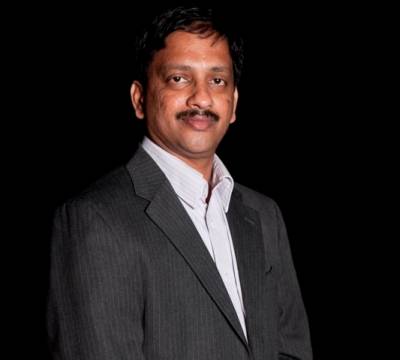


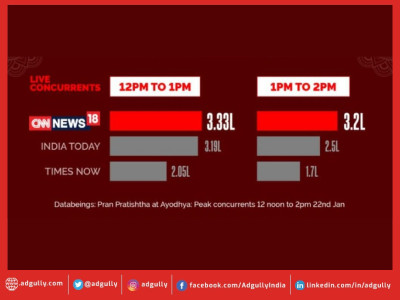
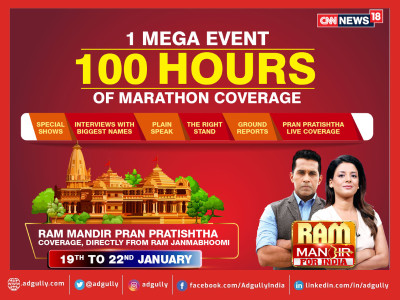
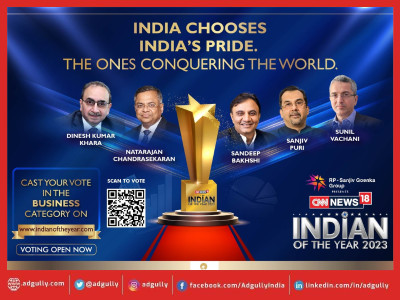





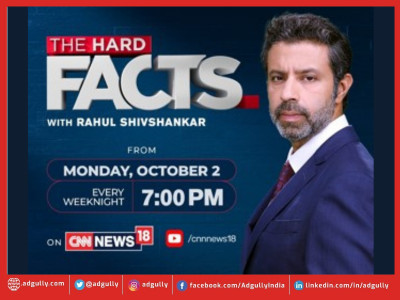



Share
Facebook
YouTube
Tweet
Twitter
LinkedIn